The electric car circle at this year’s Geneva Auto Show has a rather strange atmosphere, filled with the smell of encirclement.
In the headquarters of many heavyweight traditional car manufacturers, European car companies are preparing for an encirclement campaign against Tesla, hoping to surpass Tesla’s momentum in electric vehicles and the entire automotive industry as a whole. Especially last year, Tesla Model S sales in Europe actually surpassed those of Mercedes S-Class and BMW 7-Series! (BBA aside: Enough is enough!)
So, which car companies have joined this encirclement campaign?
The main force of encirclement: Jaguar I-PACE
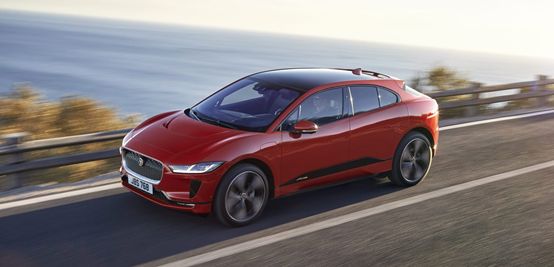
Jaguar’s first electric SUV can be said to be the most heavyweight electric vehicle at this year’s auto show. Since the launch of the Tesla Model X, this is the first traditional luxury brand electric SUV to appear on the market. Everyone is watching to see if it can rival Tesla. In the past year, many media outlets have tracked and reported on it, with niche media giving it high praise after test drives. But these are just unclear preludes. Only after its debut at this auto show can we see if it has true killing power against Tesla.
The main force of encirclement: Audi e-tron quattro
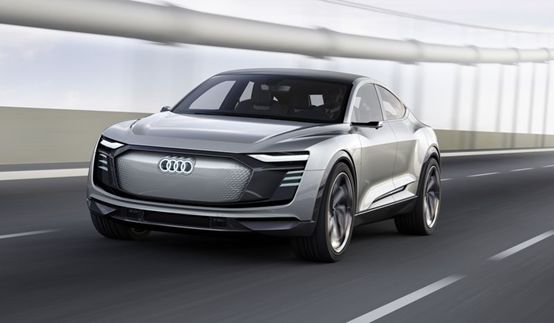
The Audi e-tron quattro prototype finally made its debut at this year’s auto show. The production version will be officially put into production in the second half of this year and will be launched in Europe first at the end of the year. According to Audi officials, the cost of producing the first electric car is basically the same as that of the Audi A6. You can imagine for yourself how much this electric car will cost.
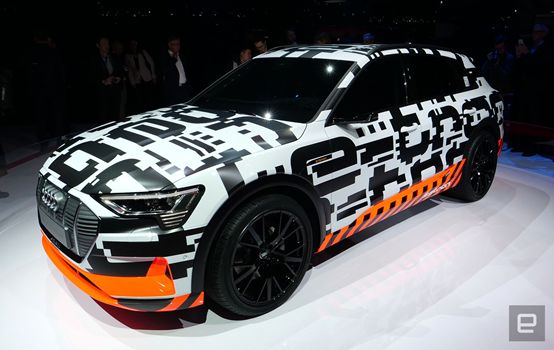
This time, Audi’s gimmick was not only to showcase the prototype at the auto show, but also to put 250 prototypes in camouflage on the streets of Geneva (see above), allowing people to get to know their first electric car (isn’t it easy to recognize?). This is the behaviour of a seasoned high roller.
Regarding this electric SUV, Audi disclosed a range of 580 kilometers (NEDC), and some media estimates suggest that the range may reach 440 kilometers under EPA conditions.
The main force of encirclement: Porsche Mission E# Porsche Mission E Cross Turismo: the electric car that can spell the end for Tesla?
Porsche has been talking about its first electric car, the Mission E, for quite a few years now, but has yet to reveal when it will reach full production; however, at the latest auto show, Porsche unexpectedly revealed a crossover version of the Mission E, dubbed the Mission E Cross Turismo.
Tiresome though it is to see yet another carmaker unveil a new concept at an auto show, Porsche’s electric crossover is planned to go into production in September 2019. The coming year looks like a time to finally test Porsche’s mettle in the electric marketplace.
What gives Porsche the edge is the innovative charging system it has developed; the company claims that, under certain conditions, its charging system will add an extra 62 miles (100km) to the electric car’s range in just four minutes. That’s seconds quicker than Tesla can manage with its Superchargers.
In terms of product range and values, the Porsche Mission E range seems to be the best hope of matching Tesla punch for punch.
Mercedes adds muscle in electric-SUV market with its EQ concept
Having teased us with its EQ concept cars for years, Mercedes decided to do something practical at this year’s show. The automaker sent its new EQ electric SUV out cold weather testing ahead of the auto show.Translated English Markdown:
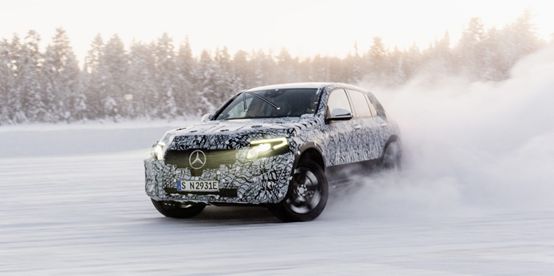
This is a prototype test car for the Mercedes-Benz EQC, the company’s first electric SUV, which is scheduled for release in 2019.
Mercedes-Benz previously stated that the EQC is equipped with a 70 kWh battery pack for a “long-range of up to 500 km”. However, this is based on the NEDC standard, and the range is expected to be significantly lower under the EPA standard – about 400 km. The EQC is equipped with two electric motors, one on each axle, with a total power output of 300 kW and a 0-100 km/h acceleration time of within 5 seconds.
If Mercedes-Benz can start mass production of this electric SUV next year, Tesla may begin to feel the pressure, as their direct competitor will have increased.
Support from the Rear: BMW i4
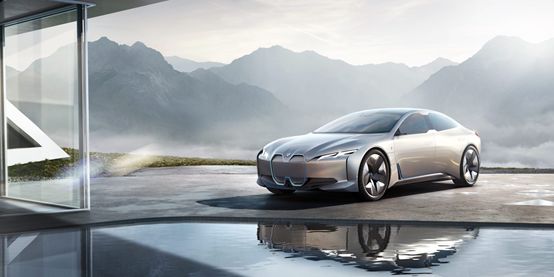
The BMW i3 is acknowledged as the pioneer in the electric car field. However, since its release in 2013, it remains the only model available, which even BMW themselves might feel embarrassed about. At this year’s auto show, BMW finally released the second model of its i-series, the i4, an electric sedan developed based on the iVision concept car previously showcased at the Frankfurt Auto Show.
Although they did not specify the exact time it will be put into mass production, it has progressed one step beyond being a concept car. According to BMW’s disclosed information, this electric sedan has a range of approximately 600 km (NEDC), approximately 480 km in EPA test conditions, and can accelerate from 0 to 100 km/h in 4 seconds.
If BMW takes action on this electric sedan next year, it is expected to bring a certain level of impact to Tesla.
Support from Behind: Volvo Polestar 1
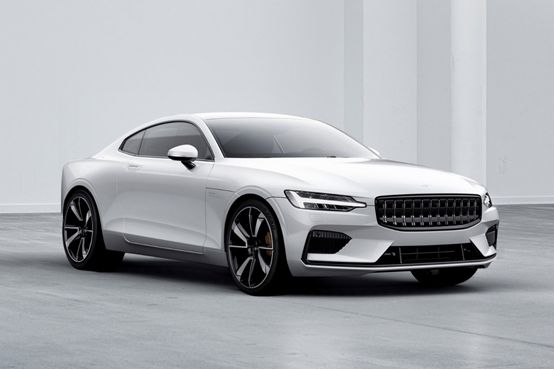 Instead of being Volvo’s first electric car, Polestar 1 could be seen as a trial in the electric car field, as it is the first car to bear the Polestar brand name with the number 1. The plug-in hybrid sports car, which has a range of 150 kilometers (NEDC), is now available for pre-order and is expected to be released in mid-2019. The subsequent models will all be fully electric, with Polestar 2, which is scheduled to be released at the end of 2019, being a competitor to the Tesla Model 3. Polestar 3, on the other hand, may be an electric SUV.
Instead of being Volvo’s first electric car, Polestar 1 could be seen as a trial in the electric car field, as it is the first car to bear the Polestar brand name with the number 1. The plug-in hybrid sports car, which has a range of 150 kilometers (NEDC), is now available for pre-order and is expected to be released in mid-2019. The subsequent models will all be fully electric, with Polestar 2, which is scheduled to be released at the end of 2019, being a competitor to the Tesla Model 3. Polestar 3, on the other hand, may be an electric SUV.
Rather than the car itself, it may be Volvo’s sales strategy that attracts more attention. Although Polestar 1 is available for order in name, it is actually a full-operation leasing model, which requires ordering for a period of 2-3 years, including services and leased replacement vehicles, and the annual output is limited to 500 vehicles.
The latest information shows that the expected price for Polestar 1 set by Polestar is between 130,000 to 150,000 euros.
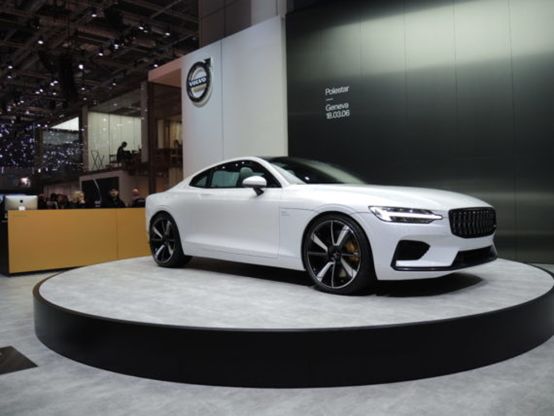
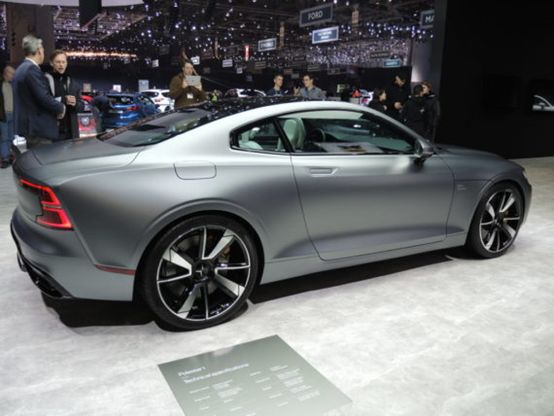
Friendly Assistance: Hyundai Kona SUV
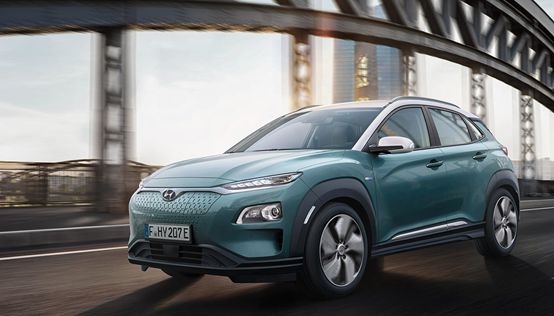
This electric car from Hyundai is a model that cannot be ignored in the auto show as a reinforcement to take down Tesla.
Compared to the Jaguar I-Pace, this electric SUV from Hyundai seems more compact, but the range is still impressive. The basic version can reach 300 kilometers, while the extended range version can reach 470 kilometers.
From the interior photos, the 7-inch central touch screen is not that large, but it does come with Android Auto and Apple CarPlay. The shift paddles might cater to the preferences of some driving enthusiasts.
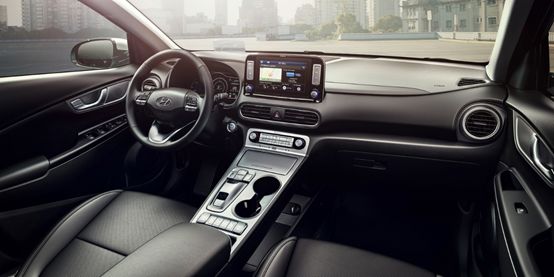
From the perspective of model classification and brand value, Hyundai’s electric car is still far from Tesla, but as a new member of the electric car family, it will pose a certain threat to models such as the Nissan Leaf and BMW i3.
Onlookers: Volkswagen I.D. Vizzion#
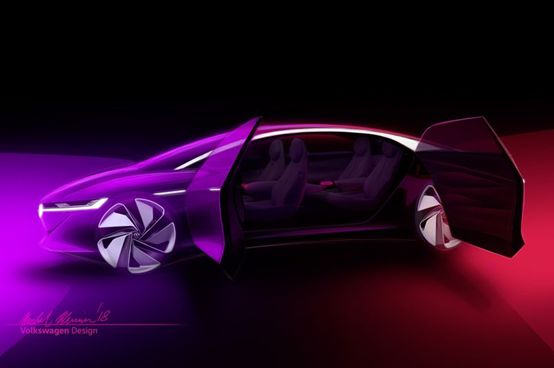
There is really no way to complain about Volkswagen like this. After several auto shows, the concept car was finally released.
The picture is very beautiful.
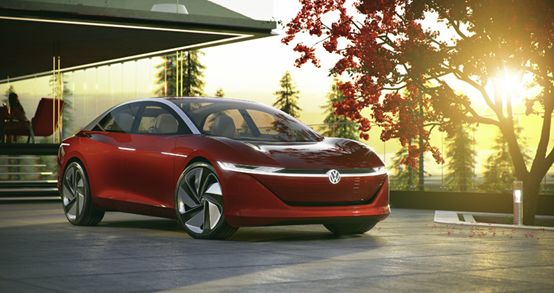
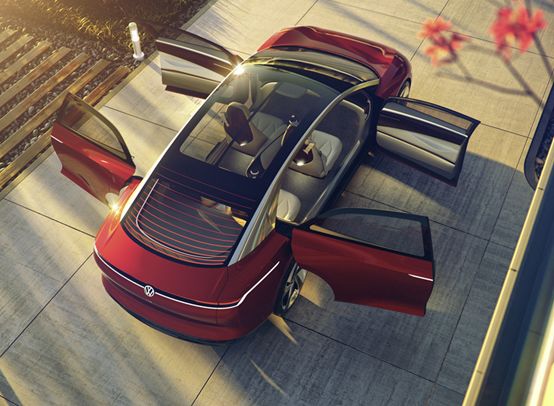
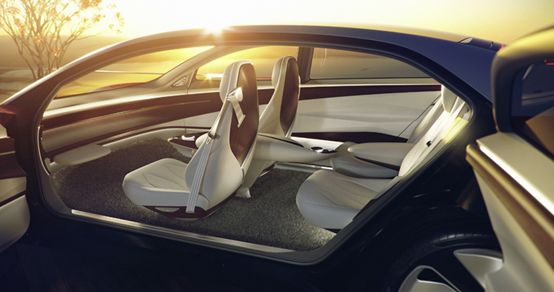
The concept is wonderful.
According to Volkswagen’s introduction, the I.D. Vizzion electric concept car has an electric all-wheel drive system with two electric motors that can provide 225 kW of system power, and a high-voltage battery with an energy capacity of 111 kWh that can provide up to 665 kilometers of battery life. The I.D. Vizzion concept car is one of the first models to incorporate the future potential of “artificial intelligence”. It is a car that combines the highest level of mobility with intelligent services – the smart driver.
However, it won’t be produced until 2022! This is still an estimate! It’s only 2018! Can you do it later?
Only one step back to understand that Volkswagen is striving to achieve its ultimate goal of electric power and fully automated driving.
No matter how you look at it, Tesla has finally won the opening game. Emerging car makers have thrown traditional car manufacturers for several years. Today, whether the siege can succeed or not depends on whether the traditional car companies’ electric blueprints can be recognized by the market.
 * Can EV really make it? Let’s wait and see in 2018.
* Can EV really make it? Let’s wait and see in 2018.

This article is a translation by ChatGPT of a Chinese report from 42HOW. If you have any questions about it, please email bd@42how.com.
